News
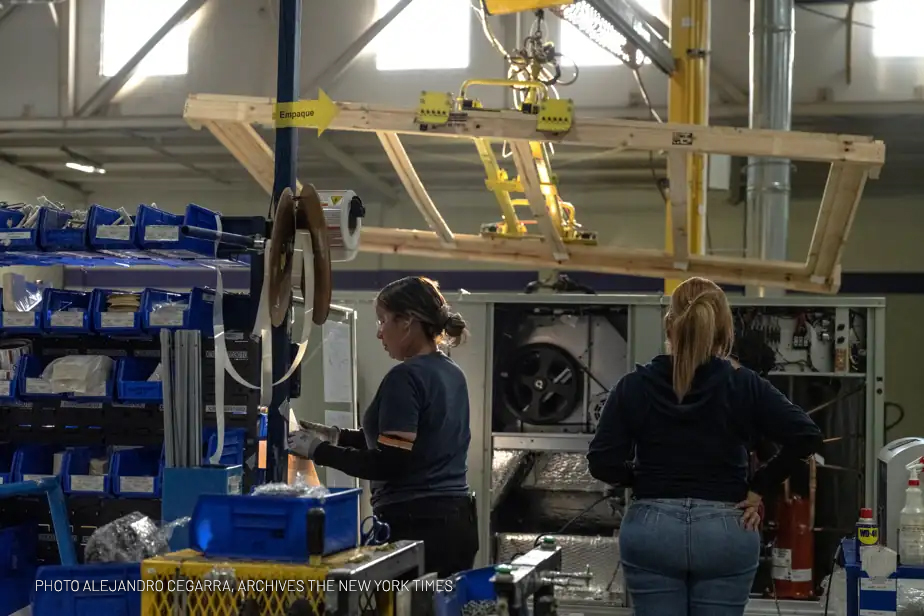
La Presse in Mexico TRUMP TARGETS THE INDUSTRIAL BOOM (English)
May 26, 2025 – La Presse
Mexico’s Rise as a Nearshoring Powershouse – RCG Featured in La Presse”
In a recent feature by La Presse, written by Julien Arsenault, the story of Mexico’s rapid industrial rise takes center stage – from the booming industrial parks of Monterrey to the high-growth Region of Queretaro. The article underscores what we at RCG see every day: Mexico has become more than just a low-cost alternative – it’s now a strategic cornerstone of North America’s supply chain.
Read the full article below (in English):
Mexico's industrial boom over the past decade has enabled it to overtake China as the leading exporter of goods to the United States. Many of its mega-factories are being targeted by the Trump administration and its trade war. Could Mexico's boom turn into an exodus? A report by Julien Arsenault
United States–Mexico ‘You can't break this relationship in four years.’
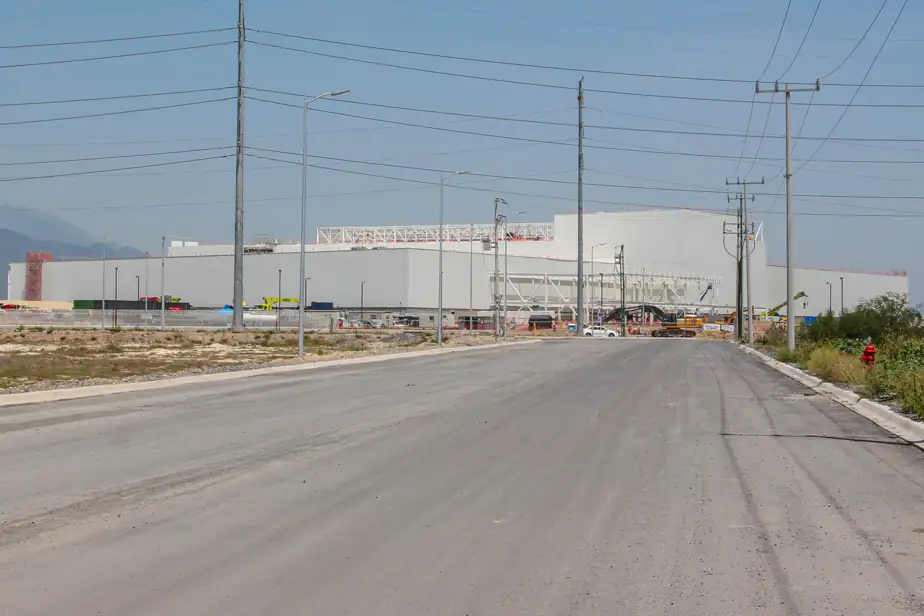
PHOTO JULIEN ARSENAULT, LA PRESSE
The factory of European food and hygiene giant Unilever in the Nexxus industrial park, north of Monterrey, Mexico.
(Monterrey and Querétaro, Mexico) They are springing up like mushrooms. In Mexico, industrial parks are an El Dorado for any company wishing to move closer to the North American market. It is also the kind of investment that Donald Trump dreams of bringing back to the United States with his trade war. At the rate things are going, this looks difficult.
‘It was sold to a company that will manufacture plastic bottles for Unilever.’
In the 100,000-square-foot building, Alejandro Mendoza points to a huge complex that has sprung up a little further away, around the corner.
It belongs to Unilever, the Anglo-Dutch food and hygiene products giant that owns brands that are part of our daily lives, such as Dove, Sunlight and Hellman's. What will be produced here will be shipped to the United States and Canada.
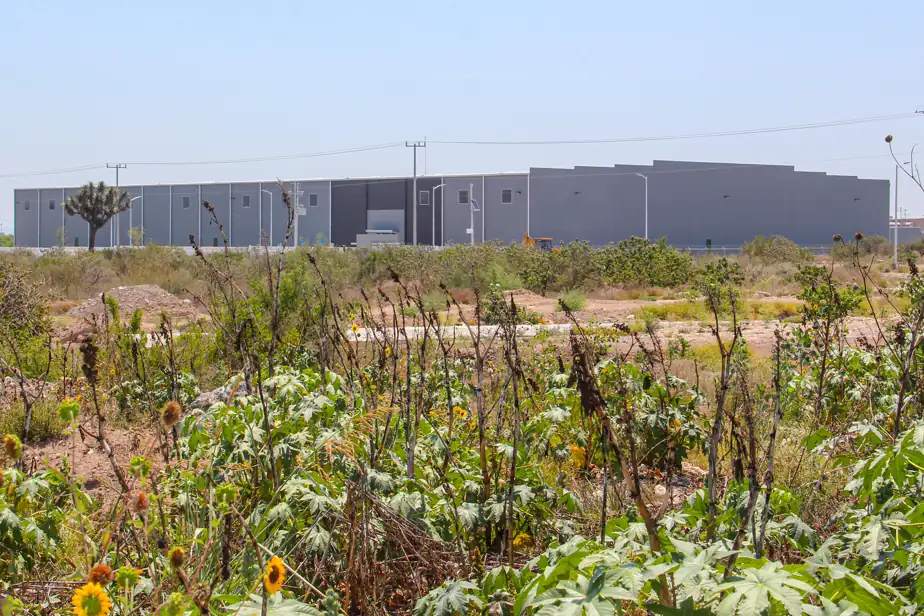
PHOTO JULIEN ARSENAULT, LA PRESS
Prodensa has brought a Unilever supplier to the Nexxus industrial park in the Monterrey region.
Prodensa Real Estate Solutions, chaired by Mr. Mendoza, brought this Unilever subcontractor to a location approximately 25 kilometres north of Monterrey, in the gigantic Nexxus industrial park, which covers 42 million square feet, roughly the size of L'Île-des-Sœurs. The Monterrey region has approximately 80 such parks.
The firm, which offers turnkey services to companies eyeing Mexico, is multiplying transactions of this kind. And Mr. Mendoza has lost count of the number of field trips for clients, similar to the one offered to La Presse.
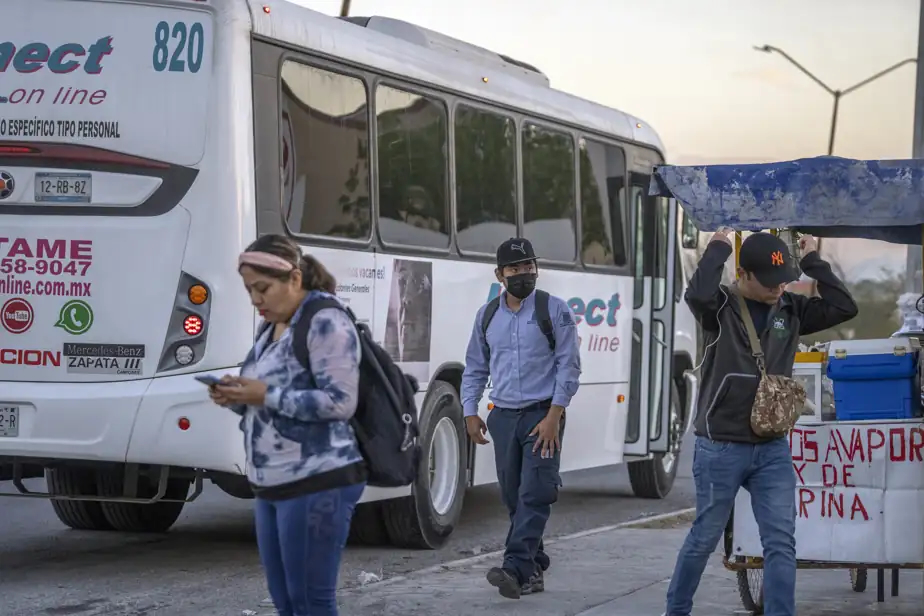
PHOTO ALEJANDRO CEGARRA, ARCHIVES THE NEW YORK TIMES
Buses transport workers to industrial parks.
Every day at dawn, thousands of workers board buses—a service provided by their employers—before travelling dozens of kilometres on roads where restaurants, reststops and residences are the exception rather than the rule.
Why the renewed interest in Mexico?
This interest can mainly be attributed to two factors: the US trade offensive against China in 2018 during Mr Trump's first term, and the COVID-19 pandemic. All this made manufacturers realise that they could no longer rely solely on Asia for low-cost production. They therefore turned to Mexico, which is part of the free trade zone with Canada and the United States.
The destination: huge industrial parks that often seem to be located in the middle of nowhere, where factories bear the names of well-known multinationals such as Volvo, Kia, Lego, DHL, American Standard, Bosch and Kawasaki.
‘Look at the number of semi-trailers, and it's not even rush hour,’ says Mr Mendoza, at the wheel of his van, just a few kilometres outside downtown Monterrey.
In single file, under the blazing sun, these heavy goods vehicles shuttle back and forth between the factories. They repeat the same routine every day.
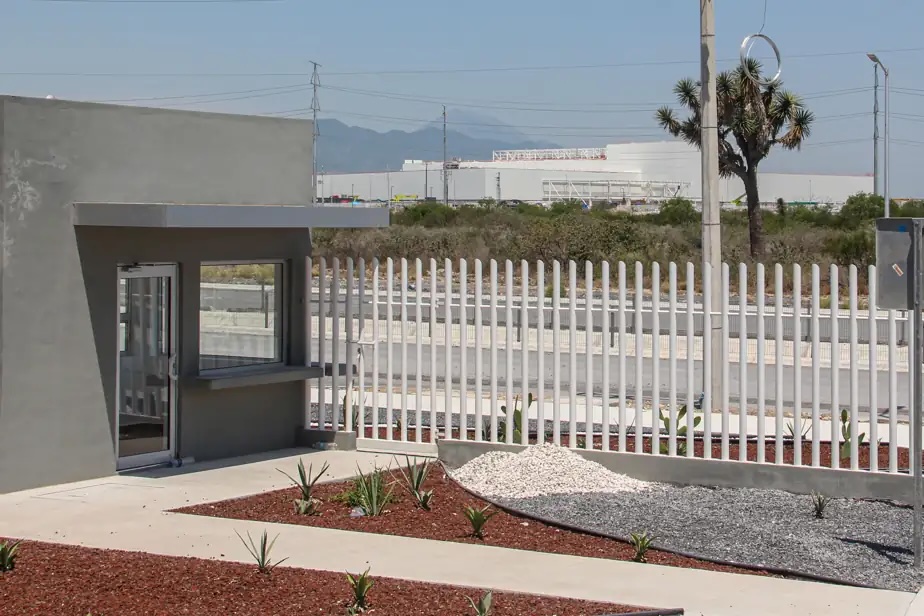
PHOTO JULIEN ARSENAULT, LA PRESSE
Not just anyone can enter Mexico's huge industrial parks. In the distance, the European giant Unilever's complex is under construction.
These industrial parks are nothing like what you find in Canada. Not just anyone can enter here. Identities are checked at the entrance and exit of the complex. Under heavy surveillance, the factories are also protected by fences, usually equipped with barbed wire.
Back on top
Without fanfare, a first occurred in Mexico two years ago. For the first time in two decades, the country once again became the leading exporter of goods to the United States, surpassing China.
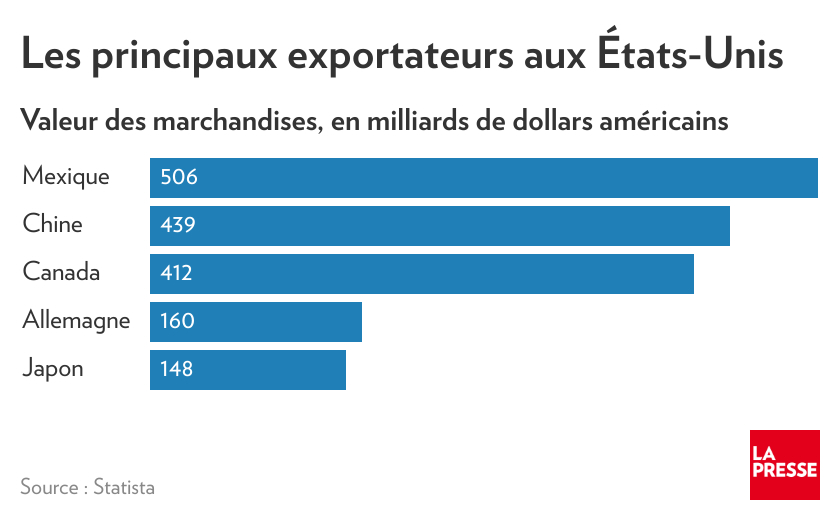
This is the result of momentum which began a decade ago. Last year, there were almost twice as many industrial parks in the country (464) as in 2015. The number of tenants – the companies that occupy the buildings – has more than doubled to 4,200. China itself has jumped on the bandwagon.
‘Everyone was eager to get involved,’ says Mr Mendoza. ‘In 2022, nearly 60% of the buildings under construction here were already leased. There was a tenant even before construction was completed.’
From Monterrey to Querétaro
From Monterrey to Querétaro via Juárez and Chihuahua, almost all the cities in the north of the country along the US border have benefited from this industrial boom.
And everyone is aware that Washington is keen to attract these investments, particularly in the automotive sector.
The proliferation of tariff threats that have marked the term of the 47th occupant of the White House has given some people in Mexico pause, but no one is predicting a disaster scenario. In industrial parks, heavy machinery is still busy building factories from the ground up.
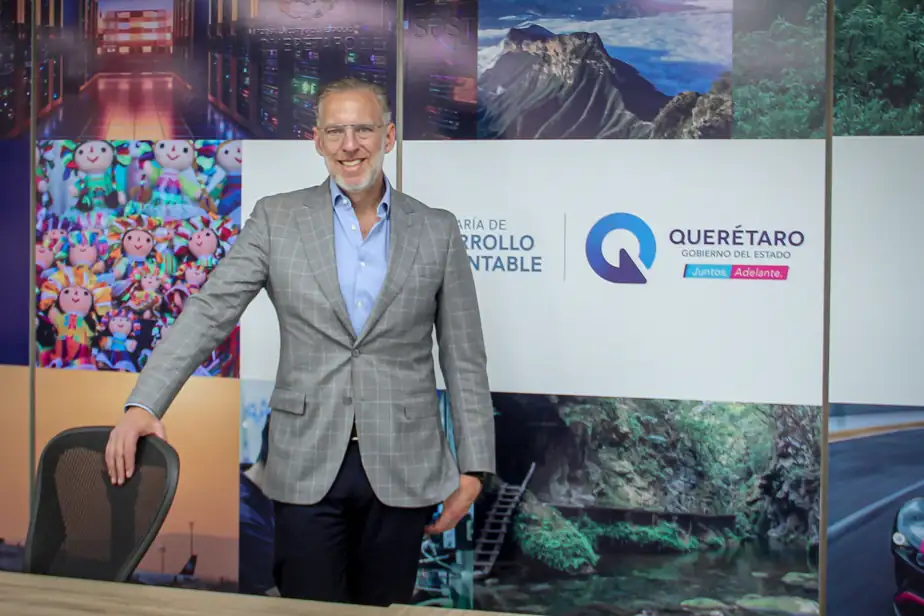
PHOTO JULIEN ARSENAULT, LA PRESSE
Marco Del Prete, Secretary of Sustainable Development for the State of Querétaro, is responsible for attracting investment and stimulating the economy.
Why? Because demand is still there, says Marco Del Prete, Secretary of Sustainable Development for the State of Querétaro. Between two meetings on a busy day, the politician, who is similar to a Minister of Economy, receives La Presse in a meeting room at his downtown office.
‘This morning, for example, I was with a German company that wants to expand its business here,’ says the politician. ‘Since April, we've been receiving a lot of updates on projects that were on the back burner. And we're starting to receive new ones as well.’
No exodus
Especially with its available workforce – 61% of its population, 80 million people, will be of working age over the next two decades – and abundance of industrial space, Mexico ticks several boxes for manufacturing companies.
It is also difficult to ignore the average hourly wage of a factory worker.
They earn approximately US $10,500 per year, according to RCG, a firm that works in the same niche as Prodensa. Added to this are benefits such as transportation and workplace services (laundry, doctor), which can represent the equivalent of a few thousand dollars more.
This is still far below the averages in Canada and the United States.
Salaries can reach US $57,800 for a supervisor, US $94,700 for a manager and US $142,000 for a director. For now, few companies seem willing to turn their backs on these wage savings to please the Trump administration.
‘We've gone from low costs to better costs,’ says Del Prete. ‘Here in Querétaro, there are no strikes.’
Another obstacle also stands in the way of the US president's wish.
Mexico's industrial momentum goes beyond large multinationals. Like Unilever and its plastic bottle supplier, large companies have brought their subcontractors with them. Over time, a whole new ecosystem has been created.
RCG, which offers consulting services to companies looking to set up in Mexico, has been at the forefront of this trend.
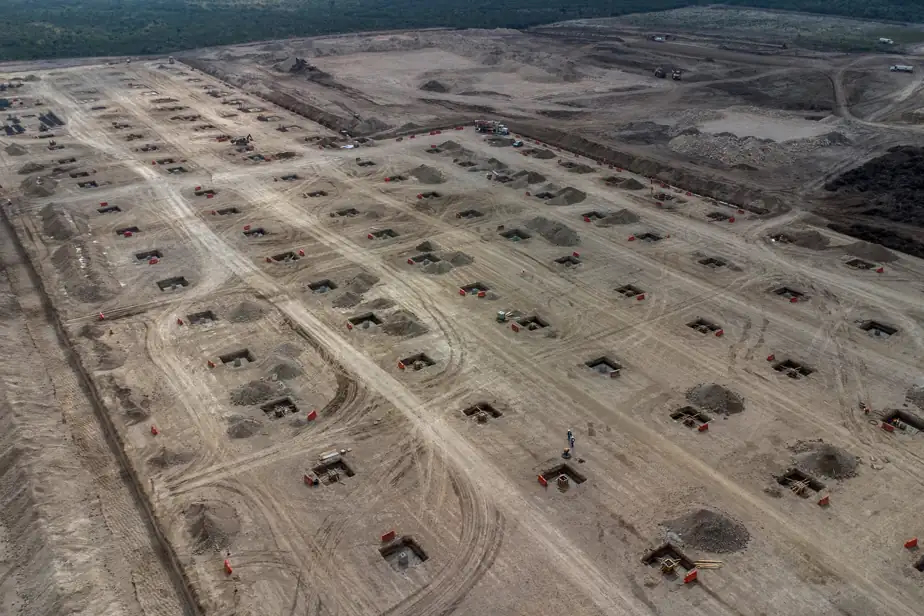
PHOTO ALEJANDRO CEGARRA, ARCHIVES THE NEW YORK TIMES
Construction site of a future Volvo factory in Monterrey, last December
‘If you're an automaker, for example, you're going to want your supplier to ship you parts in a matter of hours rather than days or weeks by train and ship,’ explains Carlos Redfern, a partner at RCG.
The Secretary of Sustainable Development for Querétaro agrees.
‘You can relocate a [large company], but its entire supply chain is in Mexico,’ he explains. ‘This has been built up over 25 years [with the North American Free Trade Agreement]. You can't break that relationship in four years.’
FIND OUT MORE
▪29 years
Median age of the Mexican population in 2021
SOURCE : GOVERNMENT OF MEXICO
130 million
Number of inhabitants in Mexico
SOURCE : GOVERNMENT OF MEXICO
About RCG: RCG is a boutique advisory firm providing comprehensive soft-landing and nearshoring solutions for businesses seeking expansion into Mexico. RCG’s tailored services cover a wide spectrum, including advisory, human capital, foreign trade, legal, IT, research, tax, and more. If you're looking at the Mexican market as a potential expansion opportunity, RCG is here to support you every step of the way.